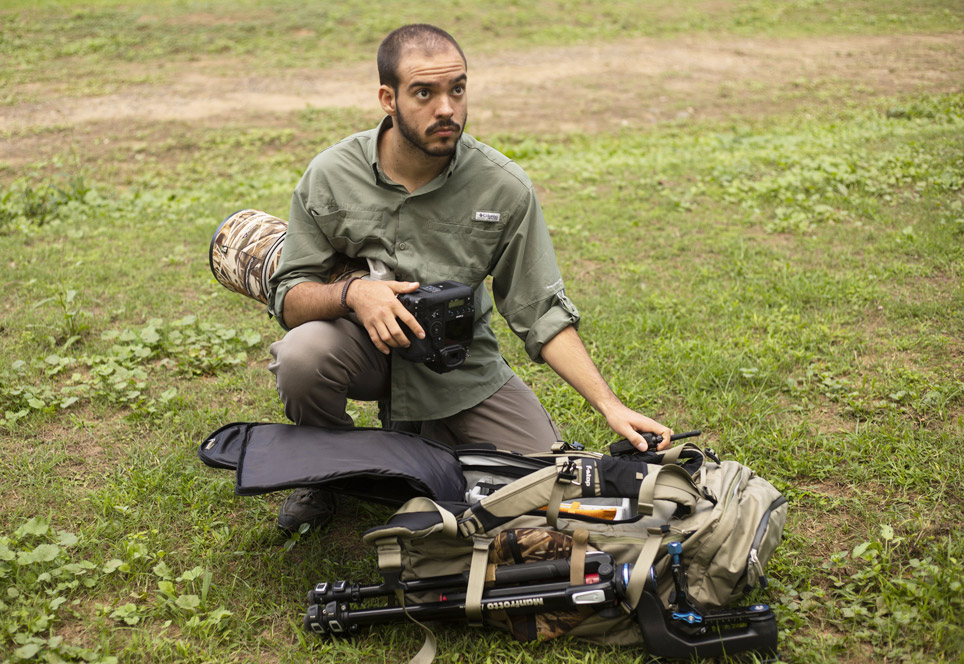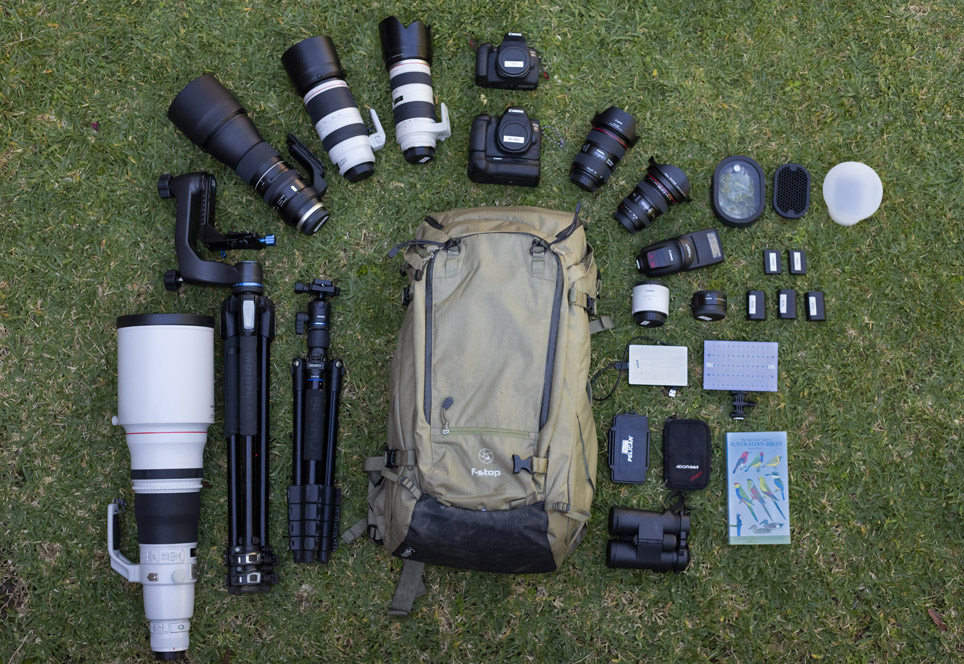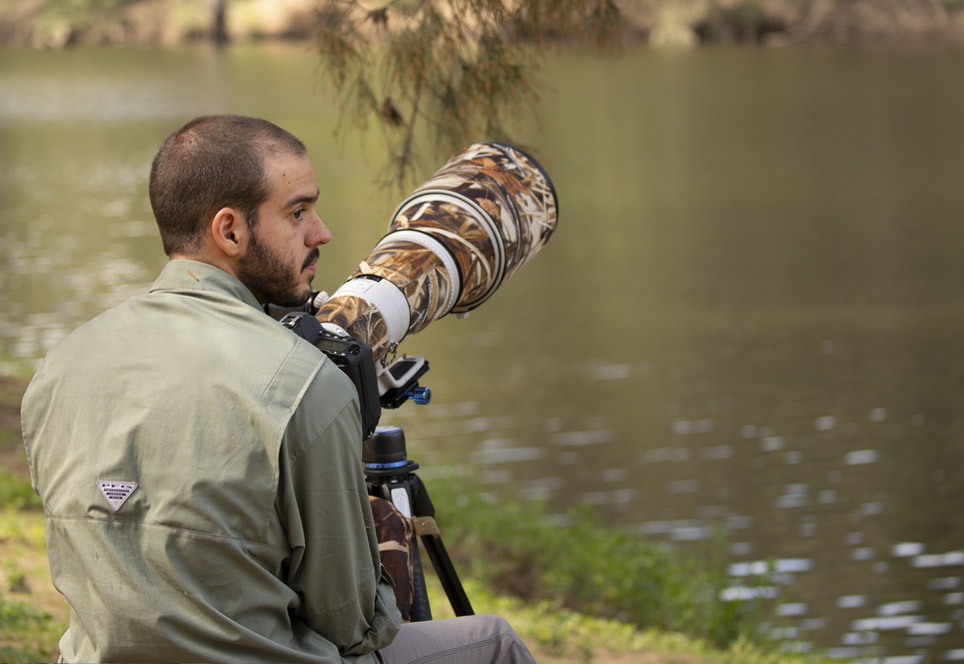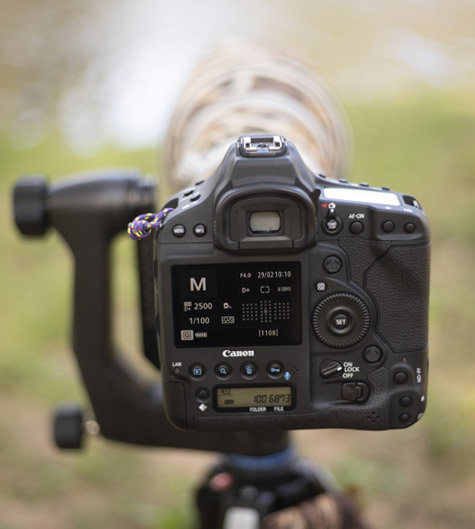An Inside Look of My Equipment
Cameras have always surrounded me from a young age. Both of my parents work with content production, which led me to learn lighting and framing techniques very early on. While mom switched lenses throughout a wedding shoot or dad gave commands to the cameramen. I was always observing in awe and looking forward to helping in some way. It all seemed incredible and technical.
As I got older, I also got lazier, which made my parents sent me to work with my uncle in Chile at a marine rescue and rehabilitation center for a few months in 2014. Working with animals sparked a tremendous interest within me, which made me decide to pursue a career in wildlife conservation.

In 2016 I moved to Australia accompanied by my first DSLR, a Canon 20D, and a sigma 24-70mm f/2.8, which was my mom’s old equipment. I knew basic photography; however, I still needed to evolve, find my style, and discover my niche. Steadily, I started to experiment with nature photography slowly and found a link between a career in wild conservation and professional photography.
After a long period of study and experimentation, I bought a Canon 6D mk2, a Canon EF 24-70mm f/2.8 II USM, and a Canon EF 70-200mm f/2.8 USM which permitted me to experiment more and learn basic wildlife photography. However, getting close to wild subjects can be quite challenging with close range lenses, which led me to purchase a Canon Extender EF 2x III.

My skills developed quickly, and with them came more significant projects. So in 2018, I decided to purchase a Canon 600mm f/4.0 II USM. This helped me capture species that were much harder to photograph before and learn more about long-distance images. It also helped me develop a more professional wildlife photography portfolio, which helped me substantially by providing me with great sharp photos.
In 2019 I conducted my first expedition and conservation project in Kangaroo Island, SA. Before I embarked on this journey, I purchased a Tamron SP 150-600mm f/5-6.3 Di VC USD G2 to cover the focal distance I did not include with the rest of my equipment. This was extremely useful as I had many different subjects at different ranges. The expedition was quite fun and very productive. I got to photograph a variety of various endangered animals in different habitats. However, I found myself somewhat disappointed in the 6D mk2’s dynamic range capabilities.

Recently, during early 2020, I began working on local wildlife behavior and conservation projects, which led me to acquire my favorite piece of equipment so far, the Canon 1DX mk2. The fantastic 14 frames per second, combined with the incredible dynamic range and stunning low light capacity lets me perform on a high level in demanding early morning or late afternoon situations. It also permits me to shoot fast moving subjects with ease and comfort. However, the true beauty of wildlife photography is not in the equipment the photographer uses but in the moments that we experience, the moments we capture, and the voice we give to species who need protection.

List of equipment:
• Canon 1dx mk2
• Canon 6d mk2
• Canon 24-70mm f/2.8 II USM
• Canon 70-200mm f/2.8 USM
• Canon 600mm f/4.0 II USM
• Canon 17-40mm f/4.0 USM
• Canon EF 100-400mm f/4.5-5.6L IS II USM
• Canon Extender EF 2x III
• Tamron Teleconverter 1.4x
• Tamron SP 150-600mm f/5-6.3 Di VC USD G2
• Manfrotto 190 Tripod w/ Benro GH5c
• Benro TAD28AIB2 Adventure Tripod w/ Ballhead
• Canon Speedlite 470EX-AI Flash
• LEDGO 150 LED On Camera LED Panel
• Magmod Magsphere
• Magmod Magbeam
• F-stop Sukha backpack